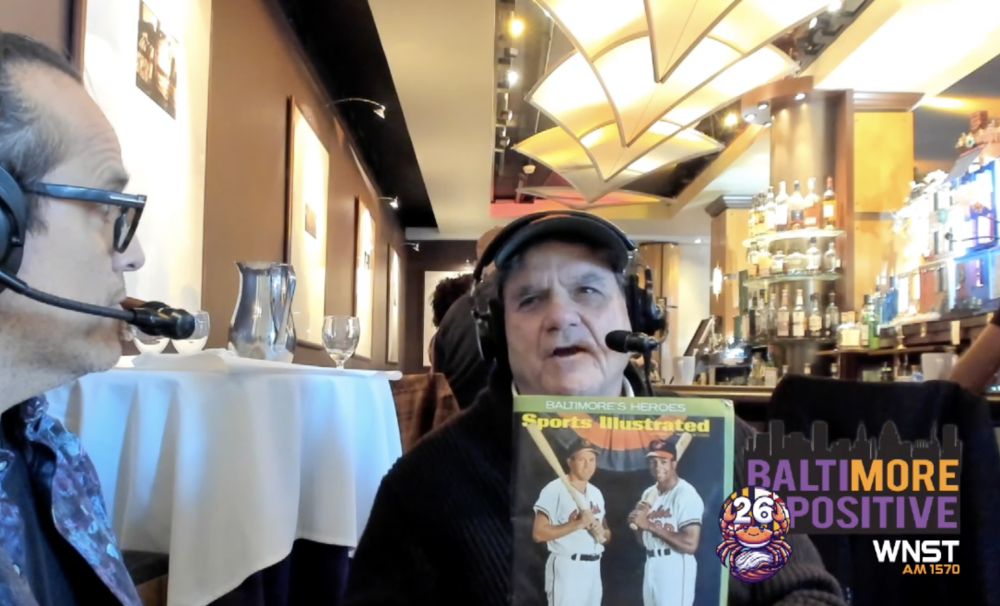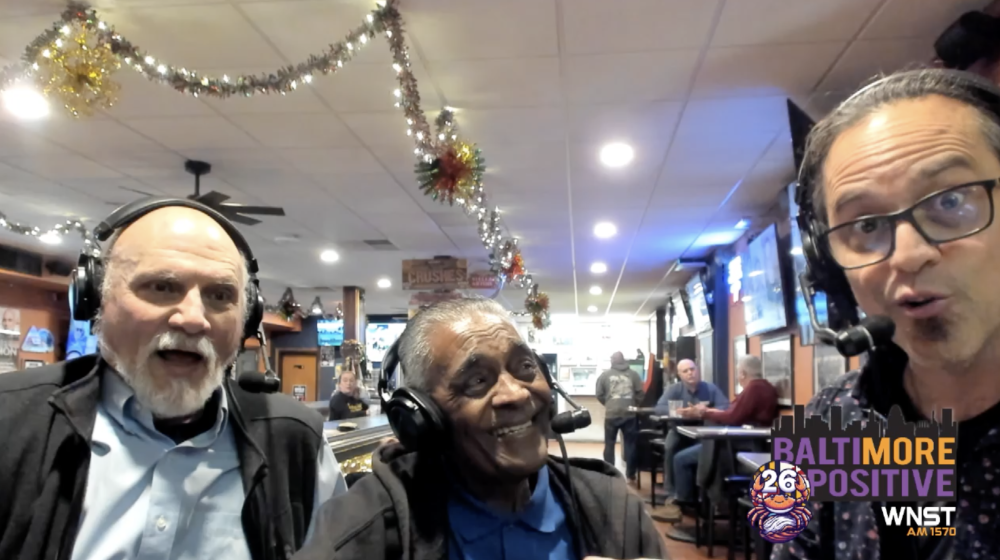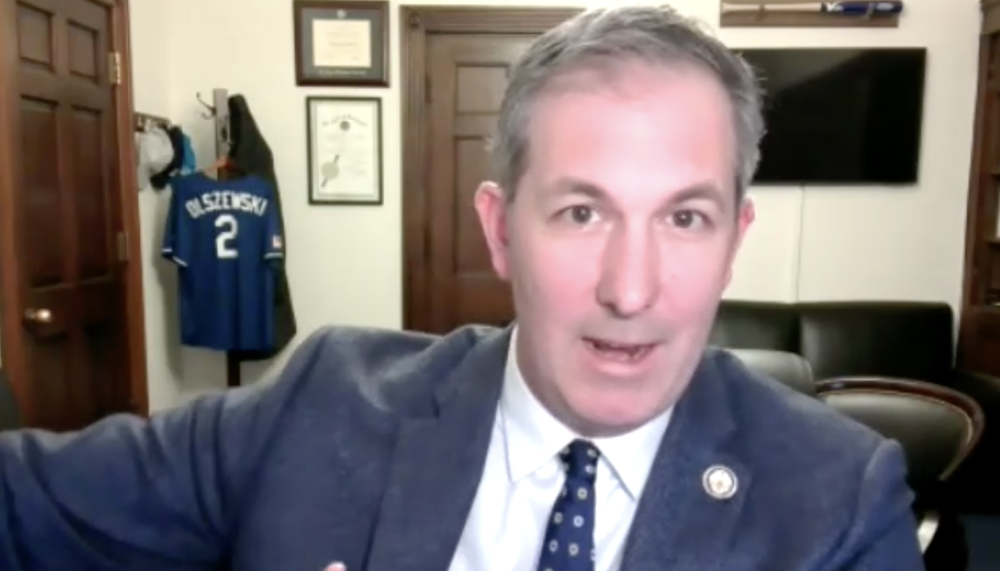At the time it was very apparent the Ravens were struggling on the field and they would have a high draft pick in the spring. At one point in December 1996, when it became clear the Ravens were going to have the No. 4 overall pick, Savage stuck his head in an office at Owings Mills where Art Modell and Newsome were having a powwow only to be asked if he had a player identified for the team. It was universally known that Modell, under financial strain, was strongly considering dealing down in the draft to lessen the load of an enormous signing bonus. Savage joked that he might want to keep that high pick if the kid from Florida State made himself eligible.
Savage later brought back some more tape and actually became more lukewarm on Boulware as a solution. He was widely regarded as too small (6-4, 255) to play defensive end in the NFL and the fact that he had never truly played the linebacker position made him a dicey proposition as such a high selection. And he would be a high pick no matter what because of his measurables. Someone would take a chance.
Defensive coordinator Marvin Lewis, tired of the beating his unit took during the 1996 campaign, got personally involved in February and his personal quest to make Boulware a Raven is legendary in the organization. Lewis, a former recruiter himself during his college coaching days in Idaho and Pittsburgh, flew to Tallahassee and spent two days with the deeply religious youngster from South Carolina and put him through the ringer. Sprints, measurements, dinners, conversations – the works.
Lewis returned from Florida’s capital a one-man publicity machine for Boulware.
“Everyone was saying that this guy couldn’t be a linebacker in the NFL,” Lewis said. “I told everybody that this guy can rewrite how the position of linebacker is played. He was a genetic freak.”
The key here, believe it or not, was the signing of McCrary 12 days before the draft. By signing McCrary, the team committed itself to a 4-3 defense. Because of his small size, the team couldn’t use him as an end in a 3-4 front set – especially not with the also relatively small Rob Burnett at the other edge. And Burnett was coming back from a devastating knee injury and was a large question mark. Once the 4-3 was put in place by Marvin Lewis – and make no mistake about it, Lewis was extremely partial to the 3-4 he learned and thrived in under Dom Capers with the Steelers – the Ravens were in desperate need of a pair of outside linebackers.

Modell was almost adamant about dealing out of the slot and moving back to perhaps take Boulware’s college teammate Wilson or Jamie Sharper later in the first round. The team was also sitting on two second-round picks, the 35th and 58th, the latter earned in a pre-draft trade of former left tackle Tony Jones to Denver. Adding another high pick by dealing out could land four players in the Top 60, maybe even some more late picks. More importantly, it would also save bonus and cap money once it came time to sign the players in the summer.
“There was also some sentiment in the organization that we earned the fourth pick in the draft the hard way,” Lewis said. “By losing!”
It was by any stretch a risky pick, taking a young kid and asking him to play a position that he’d never played. “Ozzie had to be strong to pull it off,” Lewis said.
On draft day, the Ravens board was set up as rock solid:
- Orlando Pace, T, Ohio State
- Darrell Russell, DT, USC
- Shawn Springs, CB, Ohio State
- Peter Boulware, LB-DE, Florida State
- Brant Westbrook, CB, Texas A&M
The one variable here was Russell. No one in the Ravens’ war room thought he would be on the board at No. 4, but if he fell, the Ravens would gobble him up despite the widely-held criticism that he wasn’t a full-motor guy. He was simply that talented and athletic and, remember, Siragusa wouldn’t be in the fold until eight days after the draft. The Ravens felt they had protection either way.
Turns out, the Ravens had nailed the board perfectly. Pace went to St. Louis, Russell to Oakland, Springs to Seattle and Boulware fell into their lap.

One linebacker down, one to go.
Three hours later, the Ravens’ future would take an interesting turn.
The minutes burned quickly as the picks flew off the board toward the 34th selection. Reinard Wilson was selected by the Bengals with the 14th pick of the first round and the Ravens were convinced Sharper would be going sometime in the 20s. Amazingly, pick after pick came off of the board and the Ravens were surprised when the Vikings used pick No. 20 to select Dwayne Rudd from Alabama over Sharper.
The Ravens were hoping, but were not optimistic, that Sharper would be on the board when their time came. They began focusing on selecting safety Kim Herring from Penn State as a fall-back pick with the 34.
Once New Orleans selected safety Rob Kelly with No. 33, they hit the clock and the phone began ringing for trades immediately.
First, you should know about Sharper. Scouts across the board were very clear in their assessment of him. He was a classic “two-thirds” guy. Two out of every three plays were good. Two out of every three plays he put in an honest effort. Two out of every three games he looked like a first-round pick. But in Sharper, most folks knew what they were getting: a guy who had freakish size and speed (6-3, 245 pounds and ran a 4.65) but who was not going to be a consistent player. He also had “tight hips” and didn’t change direction well. He also did the exact same thing that Boulware did in college – chase the quarterback. How would he hold up in coverage in the NFL?
Marchibroda loved Sharper because he had solid reports from Virginia coach George Welsh, whom he knew for years and trusted. Marchibroda made it clear he wanted Sharper if he was available.

Here was a guy that the Ravens had on their war-room board as the 13th best player in the draft and he was a “need” position guy, and the phone was ringing with general manager Bobby Beathard of the San Diego Chargers on the other line. Beathard, the most notorious dealer of first-round draft picks in the history of the league, was trying to talk turkey with Ozzie Newsome.
Beathard hadn’t yet selected that day because he had dealt his 1997 first-round draft pick away 52 weeks earlier to Tampa Bay for the right to select wide receiver Bryan Still with the 41st pick of the 1996 draft. He had effectively traded away the 16th pick of 1997 for the 41st of 1996, so he could get immediate help. He was no stranger to making poor deals to get instant gratification. In 10 years with the Chargers, he dealt his first-round pick away a whopping six times. Now, sitting on the 45th pick of the current draft, he saw a player he wanted at 34 and was dangling his future 1998 No. 1 for the right to take the Ravens’ pick.
Needless to say, it was a very tempting offer, perhaps the football equivalent of Eve’s apple in the Garden of Eden. Would the pick be another No. 16 like the previous year? Might the Chargers go to the Super Bowl in 1997 (as they did in 1994) and the trade would be a big bust for the Ravens? Or would it be a chance at a lottery pick the following April?
Either way, the Ravens had 10 more picks in the draft, including another second-rounder at 58.
The Ravens war-room braintrust was in full debate.
“We were 4-12 last year so we need immediate help,” came one cry.
“We’ve got 10 more picks and Sharper is a clone of Boulware. Let’s deal the pick and take our chances that the Chargers will stink,” came another voice.
“We’ve got Sharper as the 13th best player on our board and we’re getting him at 34. He is a first-round pick and we get him right now. Why wait?” came from another scout.
The room was leaning toward dealing the pick.
Newsome heard the final pleas of the scouts, who, to be honest, wanted to draft immediately to get better immediately because if the Ravens went 4-12 again in 1997 they might not even be in the room to make that first-round pick the next year.
Newsome reconsidered. The reasoning was clear. All they had on their roster at outside linebacker was lightly regarded veteran Mike Caldwell, and in a draft that was light on linebacker talent in the middle rounds and with a cash flow that wasn’t going to bring help in the secondary free agent market, they opted for instant gratification.
While then Executive Vice President David Modell was out of the room, Jamie Sharper became a Baltimore Raven.
Here’s your draft history lesson of the day, and one that would have an enormous impact on the future of two franchises.
The San Diego Chargers kept their first-round draft pick for 1998 that day. The Chargers went 4-12 that season under Kevin Gilbride, actually picking up a rare victory by beating the Ravens early that season at Qualcomm Stadium. The pick that they had offered the Ravens for right to draft Sharper ended up being the third pick of the entire draft in 1998. They later dealt that pick to Arizona to move up one place to select quarterback Ryan Leaf. Had the Ravens made that deal, they would have used the No. 3 the following April to select Charles Woodson, and Duane Starks would have never been a Raven.
Just a little something to think about. David Modell, who was in the bathroom at the time of Sharper’s selection, did more than think about it. He talked about it. A lot.
Modell constantly ribbed Savage and Newsome and anyone else who was in the room at the time of the selection, especially as the season wore on and Sharper struggled mightily and the Chargers struggled more. The Chargers lost their last eight games of the 1997 season. “He was pretty tenacious in a half-fun, half-serious way,” one insider said. “He never let anyone forget that while he was in the bathroom, the team lost a lottery pick.”
The Ravens, by and large, never fully regretted the pick. Sharper, who constantly had defensive coordinator Marvin Lewis riding him to fulfill his potential, filled a tremendous need and eventually became a strong player, playing a key role in the Ravens’ vaunted 2000 defense.
As it turned out, their secondary choice at No. 34, Herring, wound up falling to them at No. 58 anyway. As would become their standard on Draft Days throughout the Savage-Newsome regime, they had their cake and ate it too. Incidentally, the only other person the team considered at that pick was Sharper’s brother, safety Darren Sharper from William and Mary, who didn’t have the pedigree that Herring had coming out of Happy Valley.
The remainder of the 1997 draft wasn’t as dramatic, but Savage and Newsome brought home their 12 picks and only one – a fullback named Steve Lee from Indiana taken in the sixth round – didn’t wind up on the team in some fashion on Opening Day of the season.



























